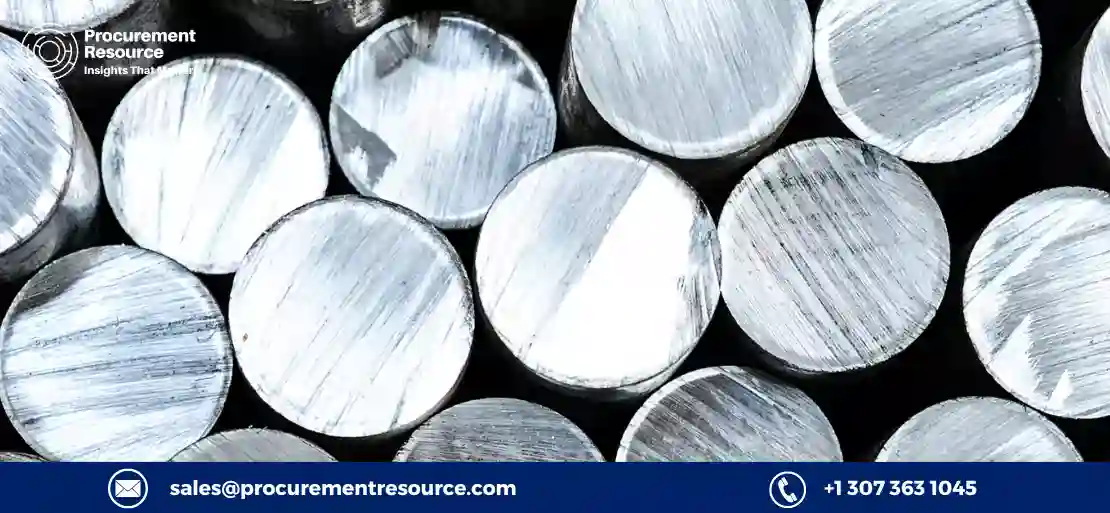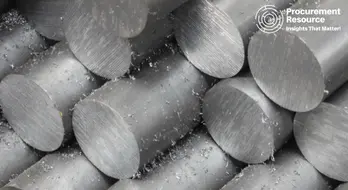Aluminium Prices may fall further From Early-December 2022 Peak

Despite the current short-term gain, the sustained decline in aluminium prices that began in March 2022 has not fully been reversed to the upside.
The surge between November 2022 and December 2022 was insufficient to signify a turnaround. Moreover, the current market environment is still dominated by bearish pressure.
The prices continued to be largely unstable. However, due to the inability to breach previous highs, the emergence downward trend now seems more likely. aluminium
From a monthly perspective, it is still difficult to predict the market’s path. From December 2022 to January 2023, the aluminium metal monthly index (MMI) rose 6.93 percent.
China Increases Export Tariffs On Aluminium
China increased export taxes on aluminium and aluminium alloys at the beginning of the year. The modification was made in conjunction with various tariff changes intended to support particular home sectors. China reduced tariffs overall in the new year to 7.3%, although increasing the taxes imposed on exports of aluminium. A modest decrease from 7.4% in 2022.
While this is happening, the energy crisis continues to drive up aluminium costs and cause capacity cuts across Europe.
Request Access For Regular Price Update of Aluminium
However, as Chinese production has increased, the market shortfall has been reduced over the year, bringing down prices. Increased tariffs will add some upside support to prices and may exacerbate volatility because of China's expanding market share.
Chinese demand is still limited in the short term as the nation struggles with an increase in COVID cases. The current projections indicate that infections will peak in January. Prices may therefore increase, as they did in November 2022, particularly in light of the market’s optimism on the return of Chinese demand.
Long-term concerns about a potential 2023 U.S. recession still exist. A further hindrance to western demand will be the Federal Reserve’s intention to maintain rising interest rates.
Prices For Aaluminium: Indonesia Bans Bauxite Exports
Bauxite ore exports from Indonesia were prohibited starting in June 2022. The prohibition was announced by Indonesian President Joko Widodo in December 2022 as part of a bigger plan to encourage value-added investments in the nation's supply chain. A ban on the shipment of nickel ore to Indonesia already exists.
Around two-thirds of China's bauxite supply at the time came from Indonesia. China significantly expanded its sourcing in the years that followed, relying increasingly on nations like Guinea.
This led to a 16% decrease in imports from Indonesia to China in the first ten months of 2022. The fifth-largest bauxite reserves are found in Indonesia, according to the U.S. Geological Survey. It is also the sixth-largest producer in the world.
Read More About Aluminium Production Cost Reports - REQUEST FREE SAMPLE COPY IN PDF
As per Procurement Resource, aluminium Prices could drop much further peaking in early December 2022. Despite the recent short-term increase, the ongoing downward trend in aluminium prices that started in March 2022 has not yet been totally reversed.
The increase from November 2022 to December 2022 wasn't significant enough to indicate a reversal. Such ephemeral jig can’t be taken for a significant analysis of increase in the trend of aluminium prices.
Additionally, bearish pressure continues to dominate the current market environment. The pricing remained primarily volatile. However, the failure to surpass prior highs makes the appearance of a negative trend more plausible right now.
Aluminium prices would still need to move in one of two directions for a long-term trend to be identified: upward or downward. It is still difficult to forecast the market's course on a monthly basis. The aluminium metal monthly index (MMI) increased 6.93 percent from December 2022 to January 2023.




.webp)